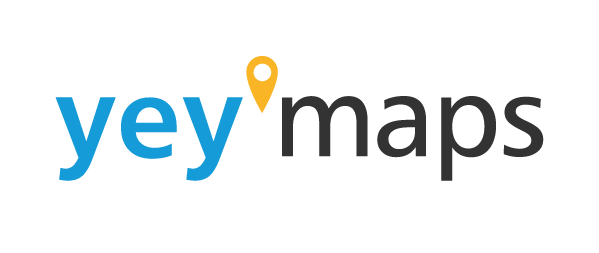The Print Tool in GIS serves a fundamental purpose: it enables users to generate high-quality maps that they can print or share digitally. While it may seem straightforward, the print tool offers a host of options and customization features that enable users to tailor their maps to specific needs. Here are some key components of the print tool:
- Layout Design: GIS users can design custom layouts for their maps, determining the size, orientation, and arrangement of elements like maps, legends, scale bars, and annotations. This flexibility ensures that users tailor maps to their intended purpose. Whether for academic presentations, urban planning, environmental assessments, or emergency response.
- Map Composition: The print tool enables users to select the layers they want to include in their map. This means you can overlay various data sets, such as topography, land use, population density, or geological features, to create informative and layered maps that convey complex information.
- Map Extent: You can specify the geographic extent of your map. Zooming in on a specific region or zooming out to show a broader area. This is crucial for creating maps that focus on particular details or provide a wide overview.
- Map Elements: Customize your map with elements like titles, subtitles, labels, and legends to provide context and explanations for the displayed data. These elements ensure that viewers can understand the information presented without needing to consult external documentation.
- Scale and Resolution: Adjust the scale of your map to match the level of detail required. You can also control the resolution to ensure the map looks crisp and clear. Whether on a computer screen or in a printed format.
Benefits of Using the Print Tool in GIS
The print tool in GIS offers numerous advantages, making it an indispensable tool for GIS professionals:
- Effective Communication: Maps generated with the print tool are powerful tools for conveying spatial information. Whether you’re presenting data to stakeholders, sharing research findings, or creating maps for public awareness. The print tool helps you communicate effectively.
- Customization: The ability to customize every aspect of your map’s layout and design ensures that your maps meet your specific project requirements and branding guidelines.
- Decision Support: GIS maps often play a crucial role in decision-making processes. By using the print tool to create clear and informative maps, you provide decision-makers with the data they need to make informed choices.
- Documentation: Well-designed maps serve as valuable documentation for projects and studies. They provide a visual record of geographic information and can be used for reference in the future.
- Education and Outreach: The print tool is invaluable for educators. Enabling them to create educational materials that engage students and promote geographic literacy. It’s also a potent tool for outreach and public engagement, helping to convey complex spatial concepts to a broader audience.

